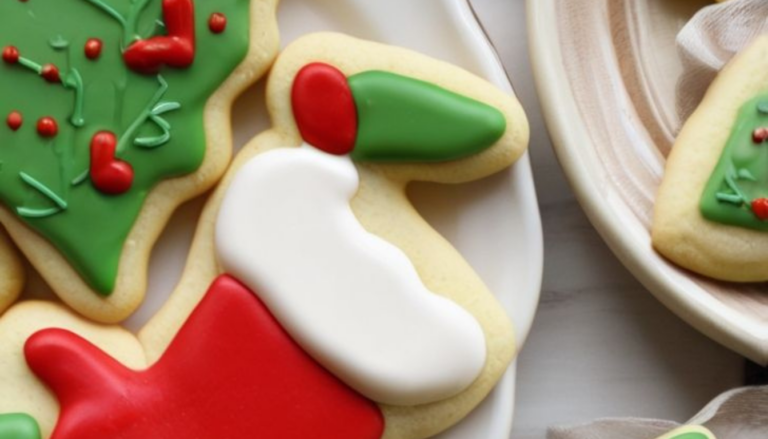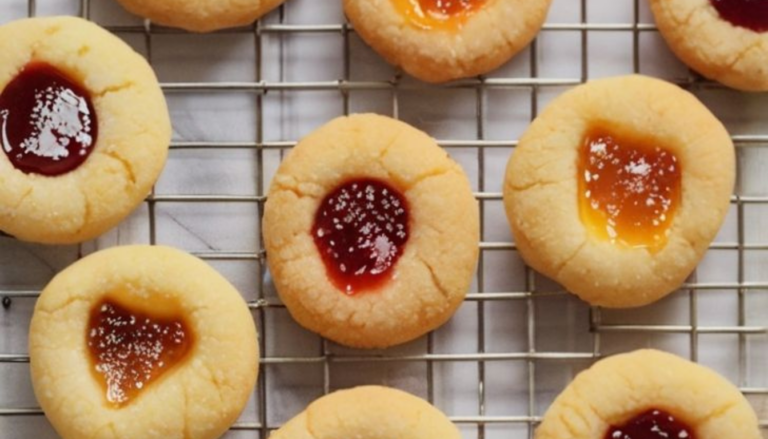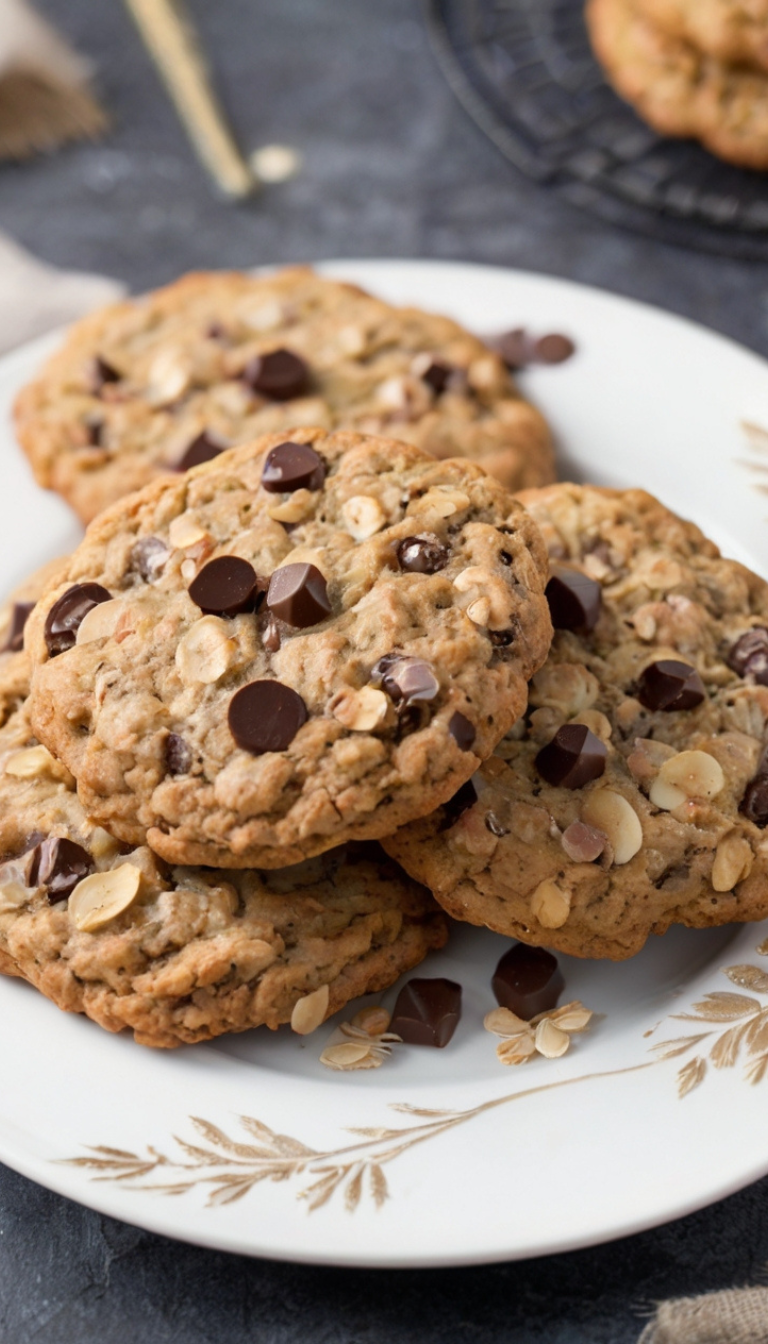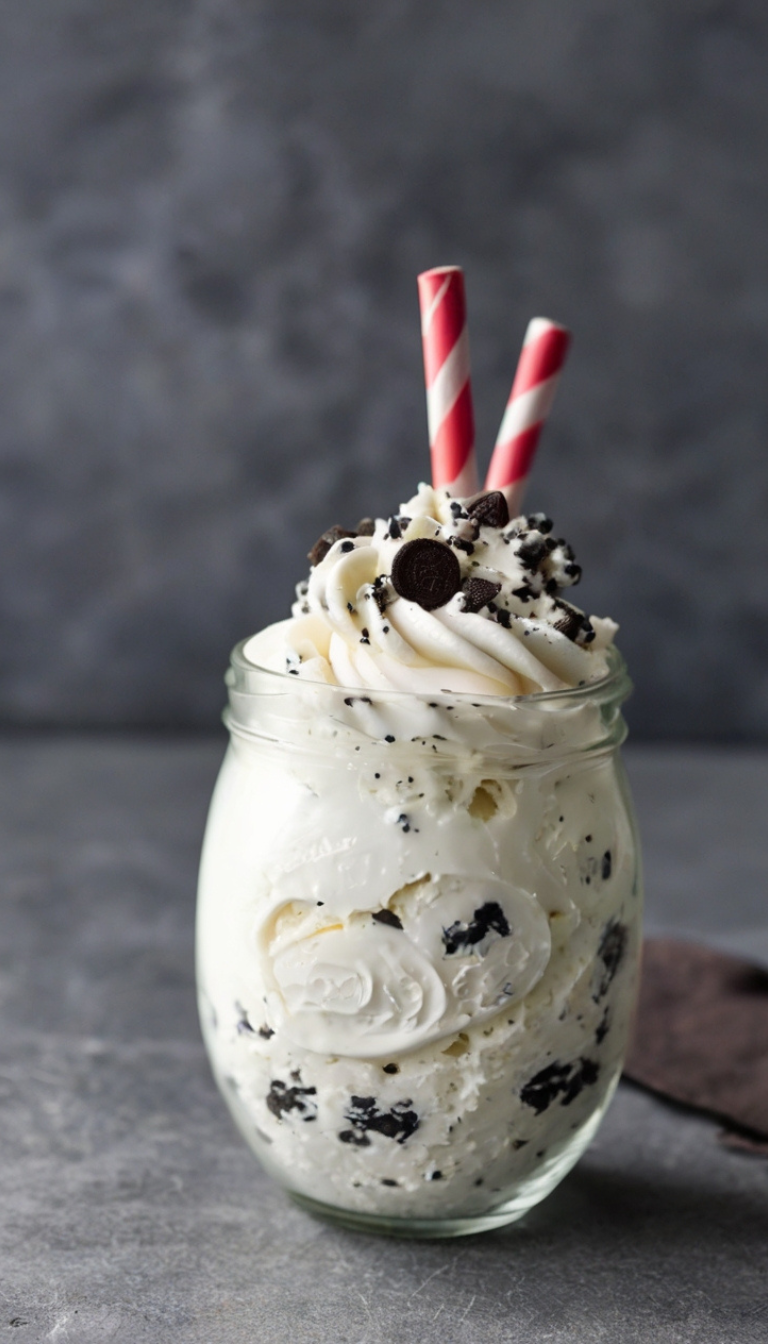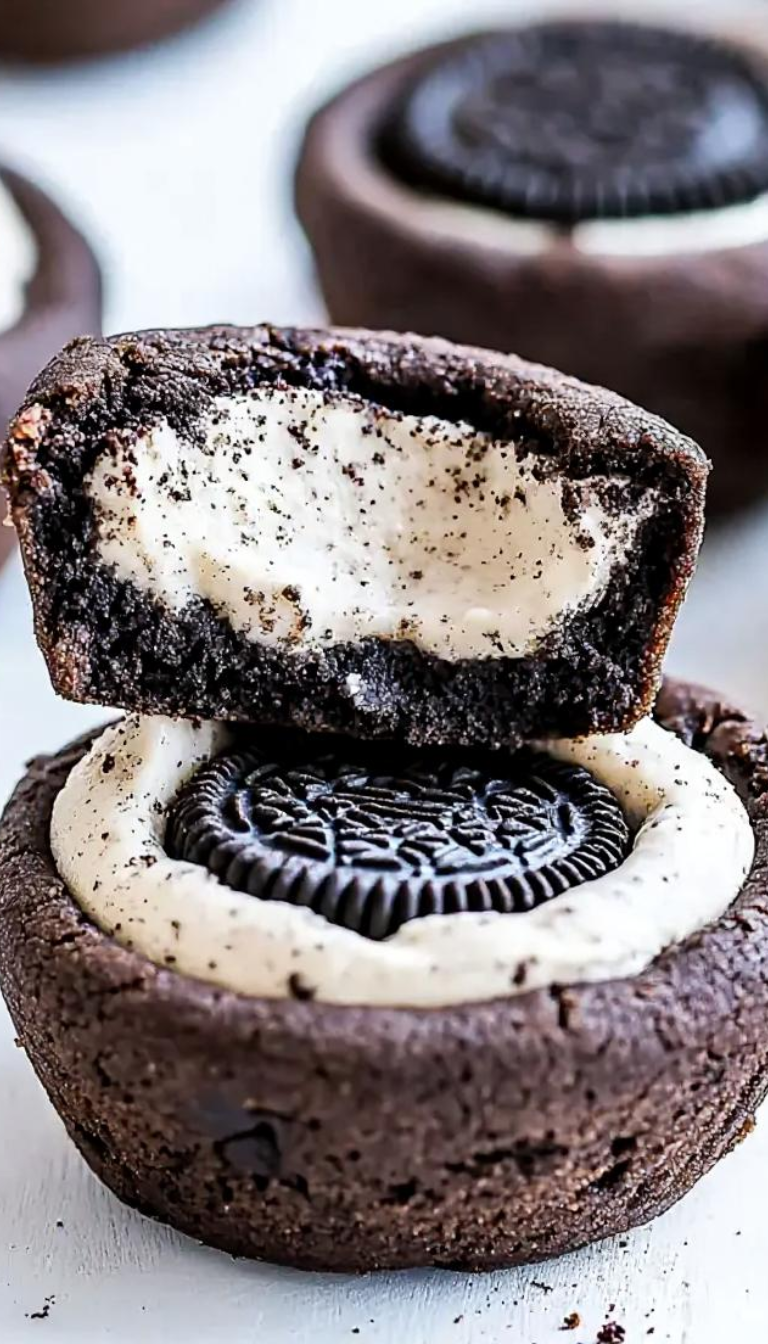Craving a buttery, melt-in-your-mouth treat that’s effortlessly elegant? My classic shortbread cookies are exactly what you need.

These timeless cookies are rich, crumbly, and only require three simple ingredients—but don’t let their simplicity fool you.
Whether you’re baking for the holidays, an afternoon tea, or a cozy snack, these buttery delights never disappoint.
Ingredients List
Shortbread Cookie Dough
- 2 cups all-purpose flour (not sifted)
- 1 cup (2 sticks) salted butter, softened at room temperature
- ½ cup powdered sugar (also called confectioners’ sugar)
These classic ingredients come together to create a cookie that’s tender, rich, and full of flavor. You don’t need any eggs, baking powder, or extra fuss—just quality ingredients and a bit of patience.
Required Kitchen Tools
When making shortbread cookies, the right kitchen tools can make the process smoother and help you get perfect results every time. Here’s what I recommend having on hand:
- Stand Mixer with Paddle Attachment: This helps create a smooth, even dough without overmixing. A hand mixer works in a pinch, but the paddle makes all the difference for shortbread texture.
- Rolling Pin: To roll out your dough to the perfect thickness.
- Cookie Cutters or Sharp Knife: Use your favorite holiday shapes, classic rounds, or even slice into rectangles for a traditional Scottish look.
- Parchment Paper or Silicone Baking Mats: These prevent sticking and ensure even browning on your cookie bottoms.
- Wire Rack: Essential for cooling your cookies and keeping them from overbaking on the hot pan.
Once you have your tools and ingredients ready, it’s time to bring these buttery beauties to life.
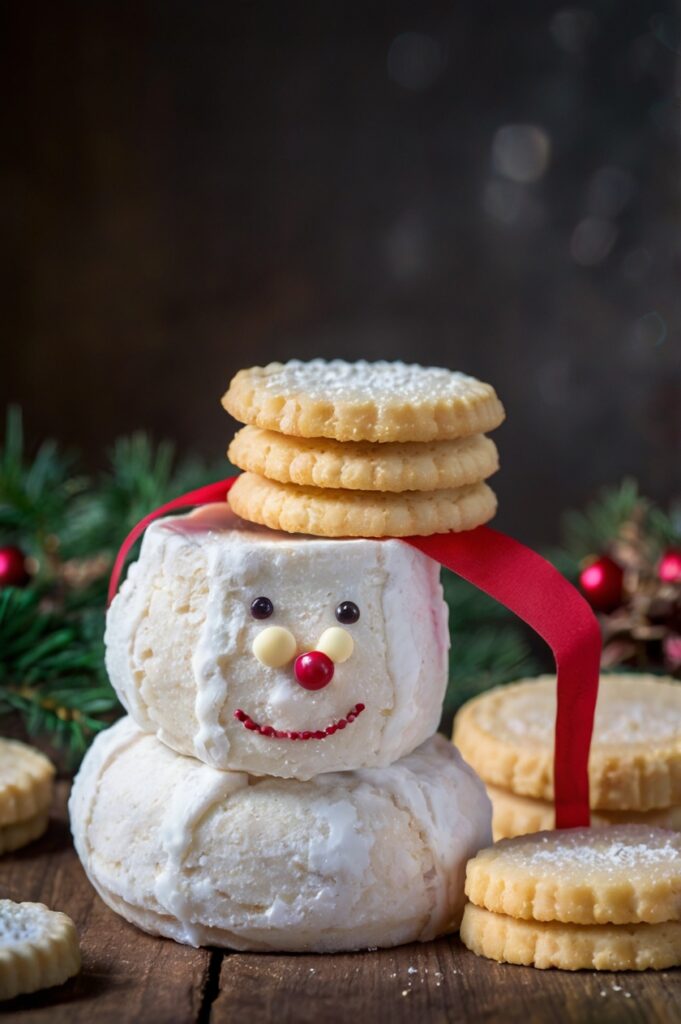
Dough Preparation
Making shortbread dough is one of the simplest baking tasks—and also one of the most satisfying. With just three core ingredients, you’ll be amazed at how quickly this dough comes together into a rich, buttery base for your cookies.
Mixing the Ingredients
To start, I preheat my oven to 325°F (165°C) and line two baking sheets with parchment paper or silicone mats—this ensures nothing sticks and cleanup is a breeze.
In the large bowl of my stand mixer fitted with the paddle attachment, I combine the all-purpose flour, softened salted butter, and powdered sugar. At first, the mixture may seem dry and crumbly. Don’t worry—that’s completely normal. Keep mixing on medium speed for a few minutes, and you’ll notice the dough gradually coming together into a soft, pliable ball.
If you’re mixing by hand or with a hand mixer, just be patient and avoid adding extra liquid. Shortbread dough doesn’t need any!
Rolling and Cutting the Dough
Once my dough is ready, I lightly flour a clean surface and roll the dough out to about ¼-inch thickness (sometimes I go slightly thicker if I want a heartier bite).
Now comes the fun part—cutting the shapes. Whether I’m using festive cookie cutters for Christmas, classic circles, or slicing it into rectangles with a sharp knife or pastry wheel, the goal is to keep the shapes uniform in thickness to ensure even baking.
After cutting, I place the cookies on the prepared baking sheets and gently pierce each one a couple of times with a fork. This classic shortbread detail isn’t just for looks—it helps the cookies bake evenly and prevents puffing.
Baking the Shortbread Cookies
Getting That Perfect Bake
With the cookies shaped and ready, I slide the baking sheets into the preheated 325°F (165°C) oven. I always bake my shortbread on the middle rack to ensure even heat circulation.
Shortbread isn’t a cookie you want to rush. I bake them for about 20 minutes, or just until the edges begin to turn a light golden brown. They should still look fairly pale overall—this is how you keep that classic melt-in-your-mouth texture. Overbaking can dry them out and give them an unpleasant crunch, so keep an eye on them during the final few minutes.
Once baked, I remove the cookies from the oven and let them cool on the pan for a couple of minutes before transferring them to a wire rack. This helps them set up without becoming too firm too fast.
Decoration Ideas
While traditional shortbread is beautiful in its simplicity, I sometimes like to dress them up a bit:
- Dipped in Chocolate: Once cooled, I dip one half in melted dark or white chocolate and let them set on parchment.
- Sprinkled with Sugar: For a little extra sparkle, I lightly dust the tops with granulated or sanding sugar before baking.
- Drizzled Glaze: A simple vanilla glaze made from powdered sugar and milk can add a sweet finish and a touch of elegance.
These variations are especially great if you’re gifting cookies or serving them for a special occasion.
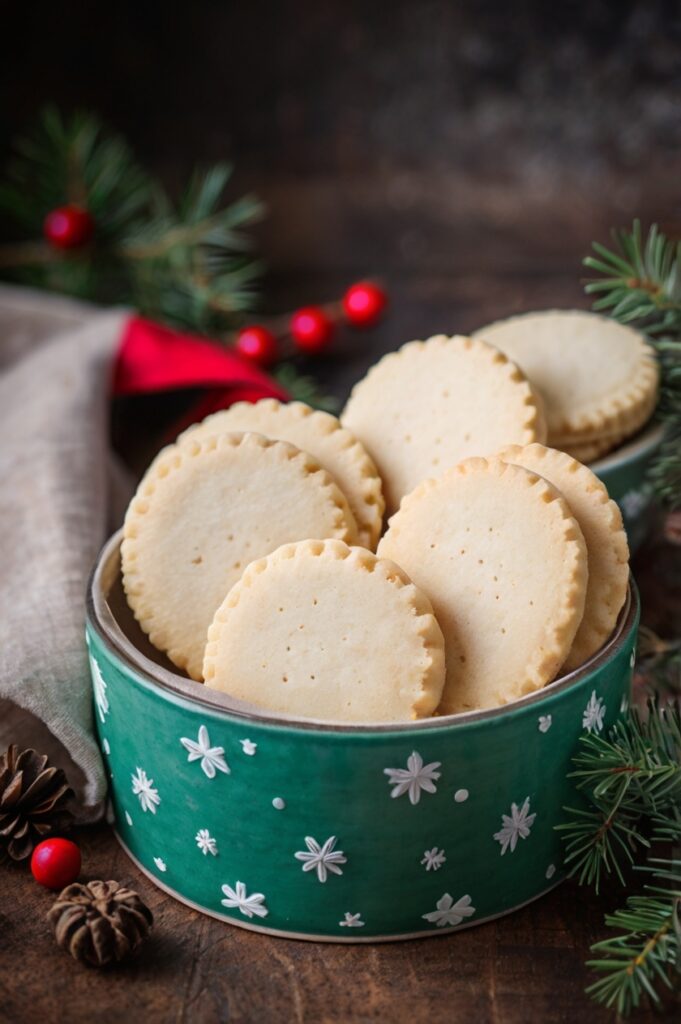
Storage Instructions
How to Keep Shortbread Cookies Fresh
One of the best things about shortbread cookies is how well they store. After cooling completely, I place them in an airtight container and store them at room temperature. They stay fresh and buttery for up to one week—if they last that long!
To prevent them from getting soft or absorbing odors, I recommend layering them between sheets of parchment paper and keeping them in a cool, dry place.
Freezing Shortbread Cookies
Need to bake ahead? No problem. Shortbread cookies freeze beautifully. Here’s how I do it:
- Freezing Baked Cookies: Once cooled, I arrange the cookies in a single layer on a baking sheet and freeze until solid. Then I transfer them to a freezer-safe bag or airtight container. They keep well for up to 3 months. To serve, just thaw at room temperature—no reheating needed.
- Freezing the Dough: You can also freeze the unbaked dough. Wrap it tightly in plastic wrap, then place in a zip-top freezer bag. When ready to bake, let it thaw in the fridge overnight before rolling and cutting.
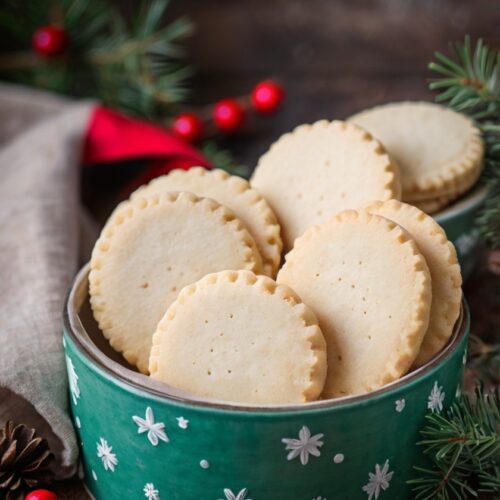
shortbread cookies
Equipment
- Stand Mixer with Paddle Attachment
- Rolling Pin
- Cookie Cutters or Sharp Knife
- Parchment Paper or Silicone Baking Mats
- Wire Rack
Ingredients
Shortbread Cookie Dough
- 2 cups all-purpose flour (not sifted)
- 1 cup (2 sticks) salted butter, softened at room temperature
- ½ cup powdered sugar (also called confectioners' sugar)
Instructions
Dough Preparation
- To start, I preheat my oven to 325°F (165°C) and line two baking sheets with parchment paper or silicone mats—this ensures nothing sticks and cleanup is a breeze.In the large bowl of my stand mixer fitted with the paddle attachment, I combine the all-purpose flour, softened salted butter, and powdered sugar. At first, the mixture may seem dry and crumbly. Don't worry—that’s completely normal. Keep mixing on medium speed for a few minutes, and you’ll notice the dough gradually coming together into a soft, pliable ball.If you’re mixing by hand or with a hand mixer, just be patient and avoid adding extra liquid. Shortbread dough doesn’t need any!
- Once my dough is ready, I lightly flour a clean surface and roll the dough out to about ¼-inch thickness (sometimes I go slightly thicker if I want a heartier bite).
- With the cookies shaped and ready, I slide the baking sheets into the preheated 325°F (165°C) oven. I always bake my shortbread on the middle rack to ensure even heat circulation.
Conclusion
Classic shortbread cookies are proof that simplicity is often the key to perfection. With just a few pantry staples and a little love, you can create cookies that are rich, buttery, and beautifully tender. Whether you keep them plain, dip them in chocolate, or cut them into festive shapes, shortbread is a timeless treat that never goes out of style.
From cozy winter days to afternoon tea or gift-giving, this is one recipe I come back to again and again. Try it once, and I think you’ll understand why.

